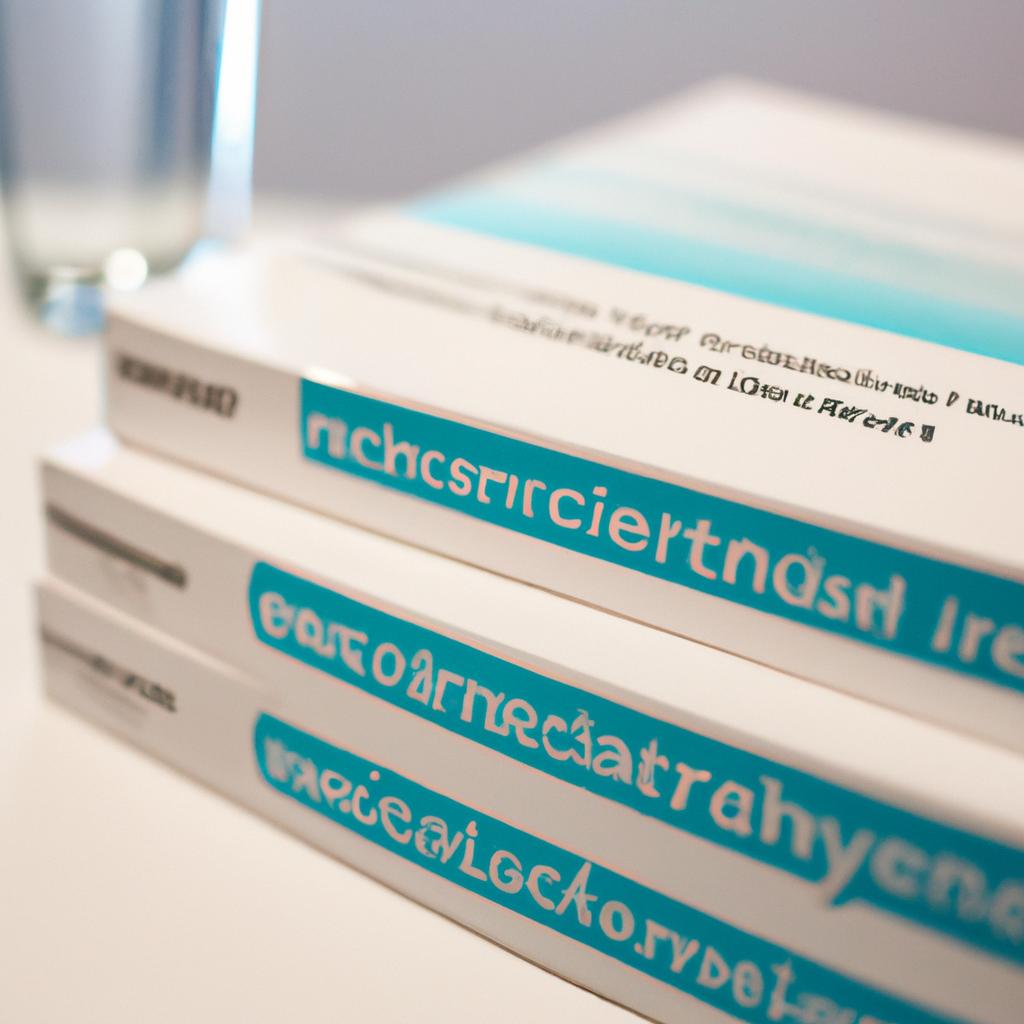**”Electrolyte Balancing Techniques for Endurance Athletes: Strategies to Maintain Optimal Hydration and Performance During Long-Distance Events”**
Electrolyte Balancing Techniques for Endurance Athletes: Strategies to Maintain Optimal Hydration and Performance During Long-Distance Events
Endurance athletes face unique challenges during long-distance events. Optimal hydration and electrolyte balance are crucial for peak performance. As athletes push their limits, they lose fluids and electrolytes through sweat. Understanding how to replenish these nutrients is vital. This blog explores effective electrolyte balancing techniques for endurance athletes.
Importance of Electrolytes
Electrolytes significantly impact muscle function and hydration. They include sodium, potassium, calcium, and magnesium. These minerals maintain fluid balance, regulate nerve function, and support muscle contractions. An imbalance can lead to fatigue, cramps, and decreased performance.
During prolonged exercise, athletes lose electrolytes through sweat. The more they sweat, the more electrolytes they lose. Therefore, they must replace these minerals to sustain energy levels.
Nutrition Tips for Electrolyte Balance
Choose Electrolyte-Rich Foods
Incorporate electrolyte-rich foods into your diet. Foods like bananas and avocados provide potassium; dairy products offer calcium. Consume nuts and seeds for magnesium. These foods help replenish electrolytes naturally.
Additionally, add salt to meals. Sodium helps retain water in the body. Moderate salt intake can support electrolyte balance.
Utilize Sports Drinks Wisely
Sports drinks benefit endurance events. They contain essential electrolytes and carbohydrates for energy. However, not all sports drinks are equal. Choose those with a balanced electrolyte profile and low sugar content.
Plan your intake. Drink small amounts every 15 to 20 minutes during your event. This strategy prevents dehydration and maintains energy levels.
Snack on Electrolyte Tablets or Gels
Electrolyte tablets and gels offer a convenient way to replenish minerals. These products provide concentrated electrolytes without added sugars. They make an excellent choice for long-distance events.
Carry these supplements during your race. Mix them with water for easy consumption. This practice helps maintain electrolyte balance without excessive calories.
Exercise Advice for Optimal Hydration
Monitor Your Fluid Intake
Stay aware of your hydration status during training and competition. Weigh yourself before and after workouts. This practice helps you understand fluid loss. For every pound lost, drink about 16-20 ounces of water or an electrolyte drink.
Pay attention to thirst signals. Drink when thirsty, but don’t rely on thirst alone. Follow a planned hydration schedule to optimize hydration.
Adjust for Climate Conditions
Consider the climate when planning your hydration strategy. Hot and humid conditions increase sweat loss. You may need to increase fluid and electrolyte intake on such days.
Cooler weather may reduce your perceived need for fluids. However, dehydration can still occur. Maintain hydration awareness regardless of temperature.
Practice During Training
Test your hydration and electrolyte strategies during training. Experiment with different foods, drinks, and timing. This practice helps identify what works best for your body.
Fine-tune your approach before race day. This preparation ensures you feel confident and ready to perform.
Health Benefits of Proper Electrolyte Balance
Enhanced Performance
Maintaining proper electrolyte balance enhances overall performance. Well-hydrated muscles function more efficiently. You can sustain higher intensities for longer periods.
Adequate electrolytes prevent cramps and fatigue. This balance allows you to push through challenging moments.
Improved Recovery
Proper hydration and electrolyte balance support post-event recovery. They help replace lost fluids and nutrients, reducing muscle soreness. You can bounce back quicker and prepare for your next training session.
Reduced Risk of Heat-Related Illness
Electrolyte balance plays a crucial role in preventing heat-related illnesses. Dehydration can lead to heat exhaustion or heat stroke. Staying hydrated and replenishing electrolytes lowers this risk.
Maintaining your body’s cooling system ensures optimal performance in hot conditions. This balance ultimately protects your health and enhances endurance.
Conclusion
Electrolyte balancing techniques are essential for endurance athletes. By incorporating electrolyte-rich foods, using sports drinks wisely, and practicing effective hydration strategies, you can maintain optimal performance. Understanding electrolytes helps prevent fatigue and enhance recovery.
Prioritize hydration and electrolyte balance during long-distance events. With careful planning and attention to your body’s needs, you can achieve your endurance goals and enjoy the journey.
Below are related products to the topic if you’re interested:
FAQ
Why are electrolytes important for endurance athletes?
Electrolytes are crucial for muscle function and hydration. They include minerals such as sodium, potassium, calcium, and magnesium, which help maintain fluid balance, regulate nerve function, and support muscle contractions. An imbalance in electrolytes can lead to fatigue, cramps, and decreased performance, making it essential for endurance athletes to replenish these nutrients during long-distance events.
What are some effective ways to maintain electrolyte balance during long-distance events?
To maintain electrolyte balance, endurance athletes can incorporate electrolyte-rich foods into their diets, such as bananas for potassium, dairy for calcium, and nuts for magnesium. Utilizing sports drinks that contain essential electrolytes and carbohydrates is also beneficial. Additionally, electrolyte tablets or gels can provide a convenient way to replenish minerals. It’s important to monitor fluid intake and adjust hydration strategies based on climate conditions as well.
How can I ensure proper hydration before and during a race?
To ensure proper hydration, weigh yourself before and after workouts to understand fluid loss. For every pound lost, drink about 16-20 ounces of water or an electrolyte drink. Pay attention to thirst signals but also follow a planned hydration schedule. Additionally, practice your hydration strategy during training to identify what works best for your body, allowing you to feel confident and prepared for race day.















Post Comment